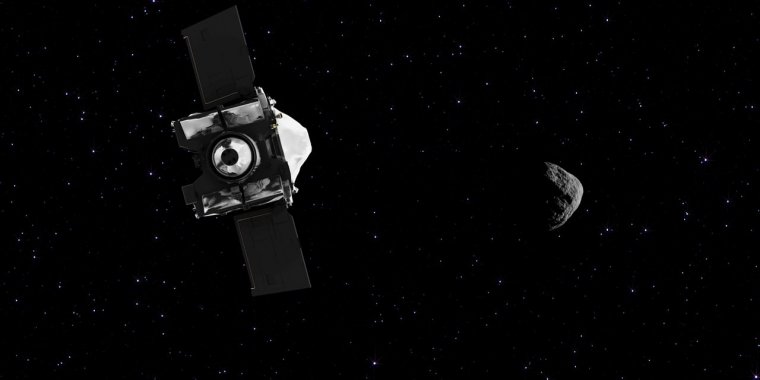| News / Science News |
Asteroid Ryugu Dust Delivered to Earth
On Dec. 6 local time (Dec. 5 in the United States), Japanese spacecraft Hayabusa2 dropped a capsule to the ground of the Australian Outback from about 120 miles (or 200 kilometers) above Earth’s surface. Inside that capsule is some of the most precious cargo in the solar system: dust that the spacecraft collected earlier this year from the surface of asteroid Ryugu.

Asteroid Ryugu Dust Delivered to Earth. Photo: NASA
By the close of 2021, the Japan Aerospace Exploration Agency, or JAXA, will disperse samples of Ryugu to six teams of scientists around the globe. These researchers will prod, heat, and inspect these ancient grains to learn more about their origins.
Among the teams of Ryugu investigators will be scientists from the Astrobiology Analytical Laboratory at NASA’s Goddard Space Flight Center in Greenbelt, Maryland.
Researchers in the astrobiology lab use cutting-edge instruments that are similar to those used in forensic labs to solve crimes. Instead of solving crimes, though, NASA Goddard scientists probe space rocks for molecular evidence that can help them piece together the history of the early solar system.
“What we’re trying to do is better understand how Earth evolved into what it is today,” said Jason P. Dworkin, director of the Goddard’s Astrobiology Analytical Laboratory. “How, from a disk of gas and dust that coalesced around our forming Sun, did we get to life on Earth and possibly elsewhere?” Dworkin serves as the international deputy of a global team that will probe a sample of Ryugu in search of organic compounds that are precursors to life on Earth.
Ryugu is an ancient fragment of a larger asteroid that formed in the cloud of gas and dust that spawned our solar system. It is an intriguing type of asteroid that’s rich in carbon, which is an element essential to life.
When Dworkin and his team receive their share of a Ryugu sample next summer, they will look for organic compounds, or carbon-based compounds, in order to better understand how these compounds first formed and spread throughout the solar system.
Organic compounds of interest to astrobiologists include amino acids, which are molecules that make up the hundreds of thousands of proteins responsible for powering some of life’s most essential functions, such as making new DNA.
By studying the differences in the types and amounts of amino acids preserved in space rocks scientists can build a record of how these molecules formed.
Dust from Ryugu, which is currently 9 million miles, or 15 million kilometers, from Earth, will be among the most immaculately preserved space material scientists have laid hands on. It’s only the second sample of an asteroid that has ever been collected in space and returned to Earth.
Before the Ryugu delivery, JAXA brought back tiny samples of asteroid Itokawa in 2010 as part of the first asteroid sampling mission in history. Prior to that, in 2006, NASA obtained a small sample from comet Wild-2 as part of its Stardust mission.
And next, in 2023, NASA’s OSIRIS-REx will return at least a dozen ounces, or hundreds of grams, of the asteroid Bennu, which has been traveling through space and largely unaltered for billions of years. (NASA)
YOU MAY ALSO LIKE





